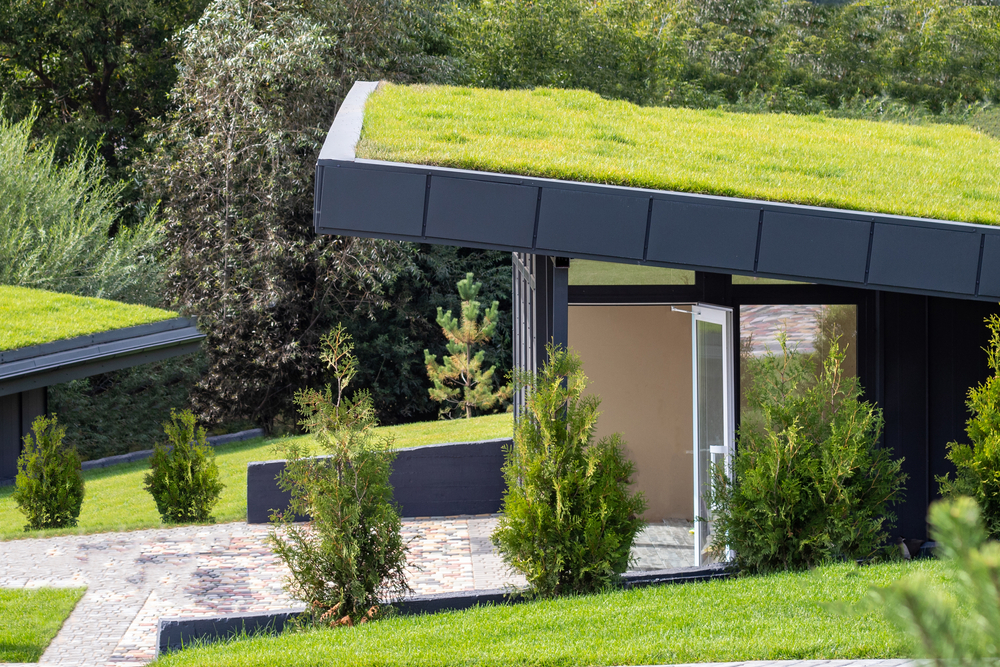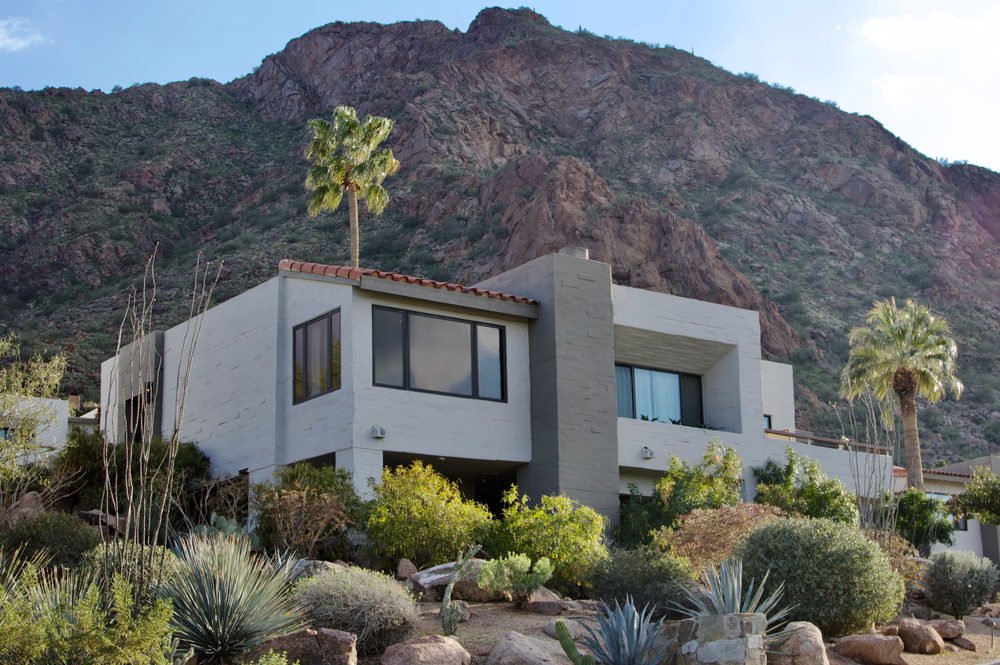Here’s How Energy-Efficient Shingles Create a ‘Cool Roof’
A roof doesn’t last forever, and after 20 years, homeowners might realize that it’s time to revamp the roof. This can be an expensive renovation, but some materials for roof shingles are more energy-efficient than others and can save homeowners on energy costs.
What are energy-efficient shingles and what are they made of? According to ENERGY STAR, energy-efficient roofing reflects the sun and this decreases roof temperature. An energy-efficient roof also may help lower air conditioning costs. These efficient roofs are known as ‘cool roofs,’ because they are cooler than the standard roofing options.
There are many types of different materials that can be made into ‘cool roofs.’ For high-pitched roofs, homeowners can choose shingles made of:
- Asphalt
- Polymer
- Clay
- Concrete
- Wood
- Metal
One type of shingle that isn’t ‘cool roof’ material is slate.
Are Cool Roofs More Expensive?
The Department of Energy explains that cool roofs aren’t any more expensive than conventional roofing. These materials include different coatings and/or colors that make them ‘cooler’ options.
For example, asphalt shingles with lighter coolers can be ‘cooler.’ However, wood is naturally a cooler option.
While a new energy-efficient ‘cool’ roof might necessarily be more expensive than a standard option, homeowners might compare costs between different materials to find the best option for their budget.

Green Roofs are Naturally Cool
There also is another cool roof design: green roofs. These roofs actually include green plants or any type of vegetation that helps keep the roof cool. The Department of Energy notes that they “… are ideal for urban buildings with low-sloped or shallow-pit roofs.”
Can an Old Roof Become ‘Cool?’
Coatings can possibly be applied to older roofs to help them be more energy-efficient. However, the Department of Energy notes that this can be costly. In addition, the coating could void a warranty for some materials.
Before homeowners try to invest in converting their current roof into a cool roof, they need to understand their shingle warranty and research the cost of adding any coatings. If the roof is older, it might make sense to just wait and replace the old roof with an energy-efficient option.

Consider the Region
Family Handyman explains that different regions have different energy-efficient needs. Not every roof material is the most energy-efficient option for each region.
The south, for example, gets extremely hot in the summer. Winters up in northern states are extremely cold. The site explains that tile roofs are ideal for desert climates; in fact, many homes in states like Arizona or homes near desert areas have this type of roof.
Family Handyman notes that a metal roof is often the most budget friendly option. However, this type of material can get beat up in severe weather like hail storms.
When choosing the material for an energy-efficient roof, talk to a pro to go over the best options for the climate and the budget, too.
How Much is a New Roof?
For homeowners who are in need of a new roof and are considering an upgrade to cool roof options, how much will that new roof cost? A new roof is one of the most expensive updates to a home.
Asphalt shingles for a cool roof can cost an estimated $3.50 to $6 per square foot. However, metal roofing will cost nearly double that amount ($11 to $12 per square foot).
The lifespan of the roof matters, too, when considering the material and the cost of the material. Metal should be more durable than asphalt. In fact, a metal roof can last 40 years or more.
Ways to Increase Energy Efficiency without Upgrading a Roof
For homeowners who don’t want to spend the money to transform their current roof to a ‘cool’ roof or who aren’t yet in the market for a new roof, there are many more ways to increase the energy efficiency of the home.
A cool roof can help keep the home cooler during the summer, but homeowners can take a few extra and inexpensive steps to further cool off their home. For those living in extremely hot climates or in areas where summers are brutal, use blackout curtains to keep the bright sun from warming up the rooms. Homeowners can buy blackout curtains or they can DIY blackout curtains.
In addition, to save money on cooling costs, homeowners can nudge the thermostat to 78 degrees Fahrenheit during the summer. This is an energy-efficient temperature that is also comfortable during the hot summer months. Ceiling fans also can help circulate air and help homeowners keep cool.
Those who are in need of a new room shouldn’t need to invest extra money for energy-efficient shingles. However, homeowners should talk to a professional to find out the best materials to use in their climate and for their personal budget.


